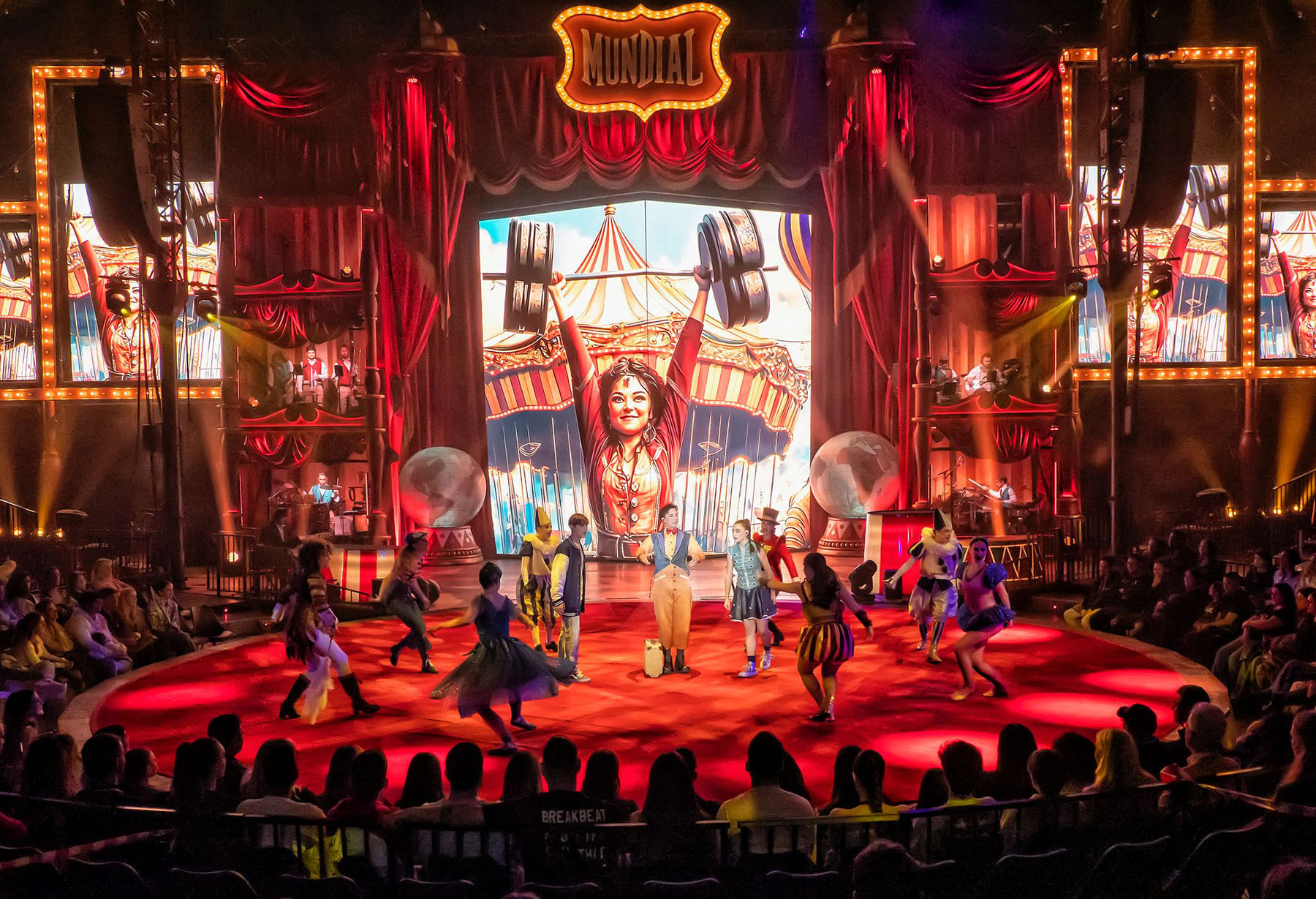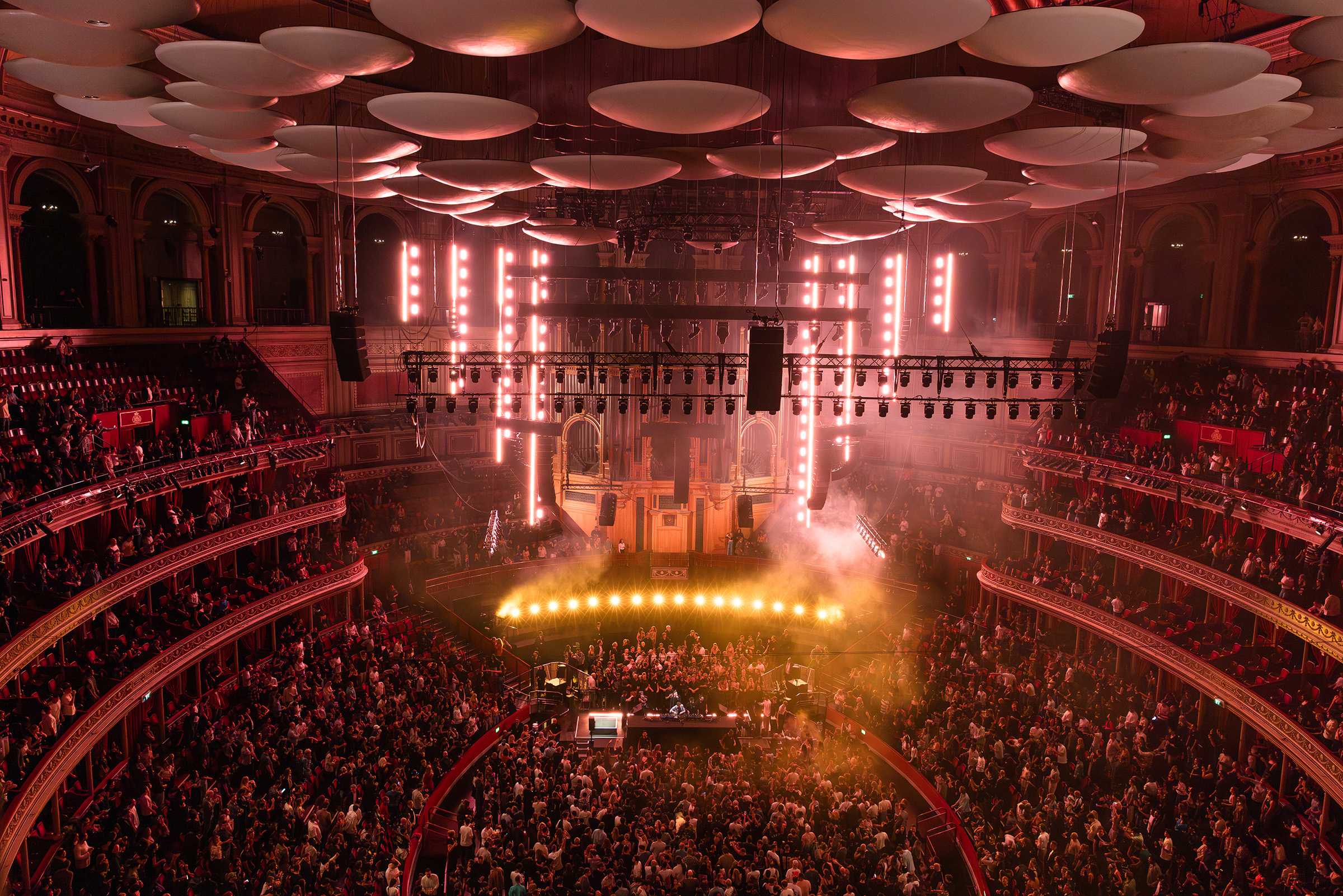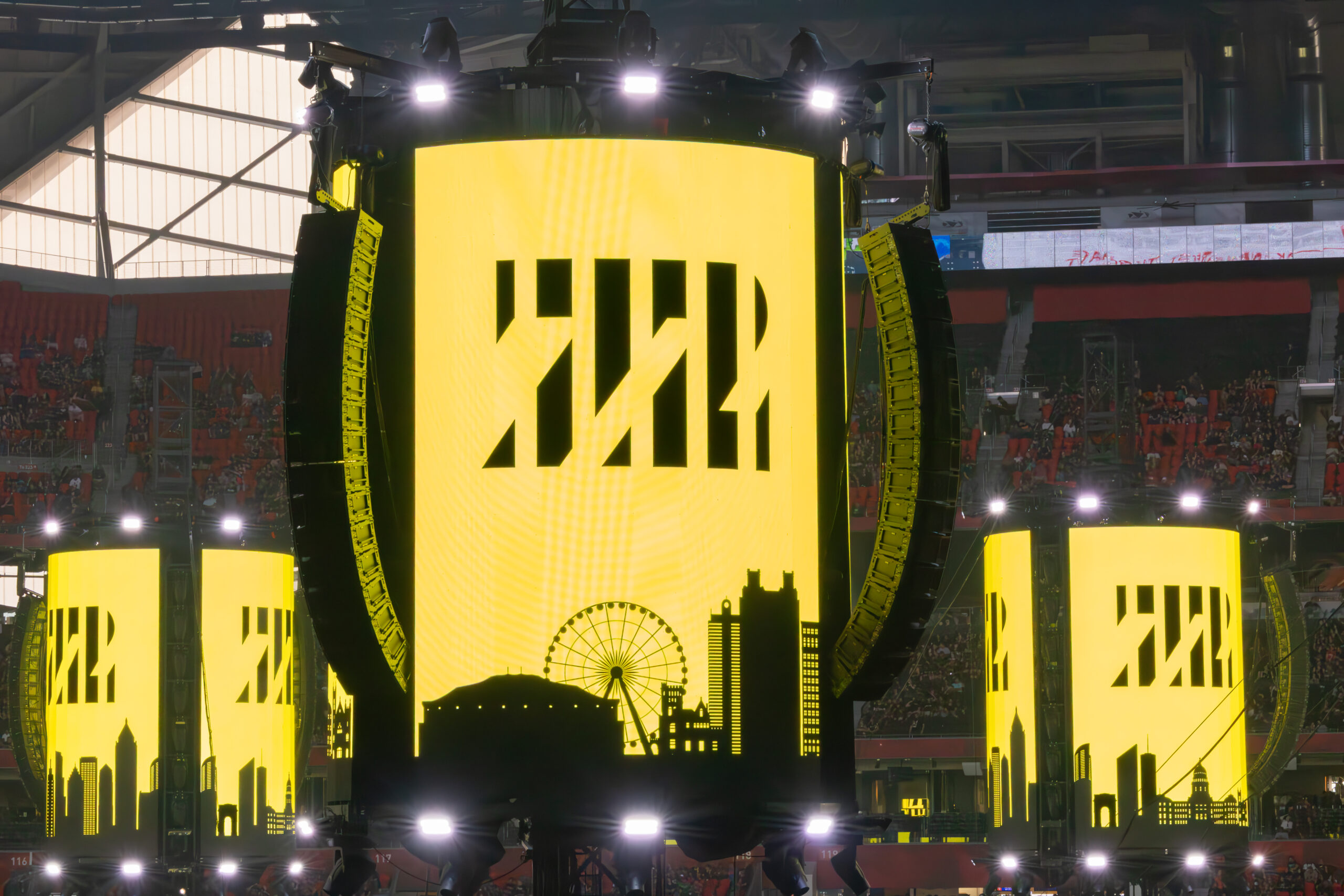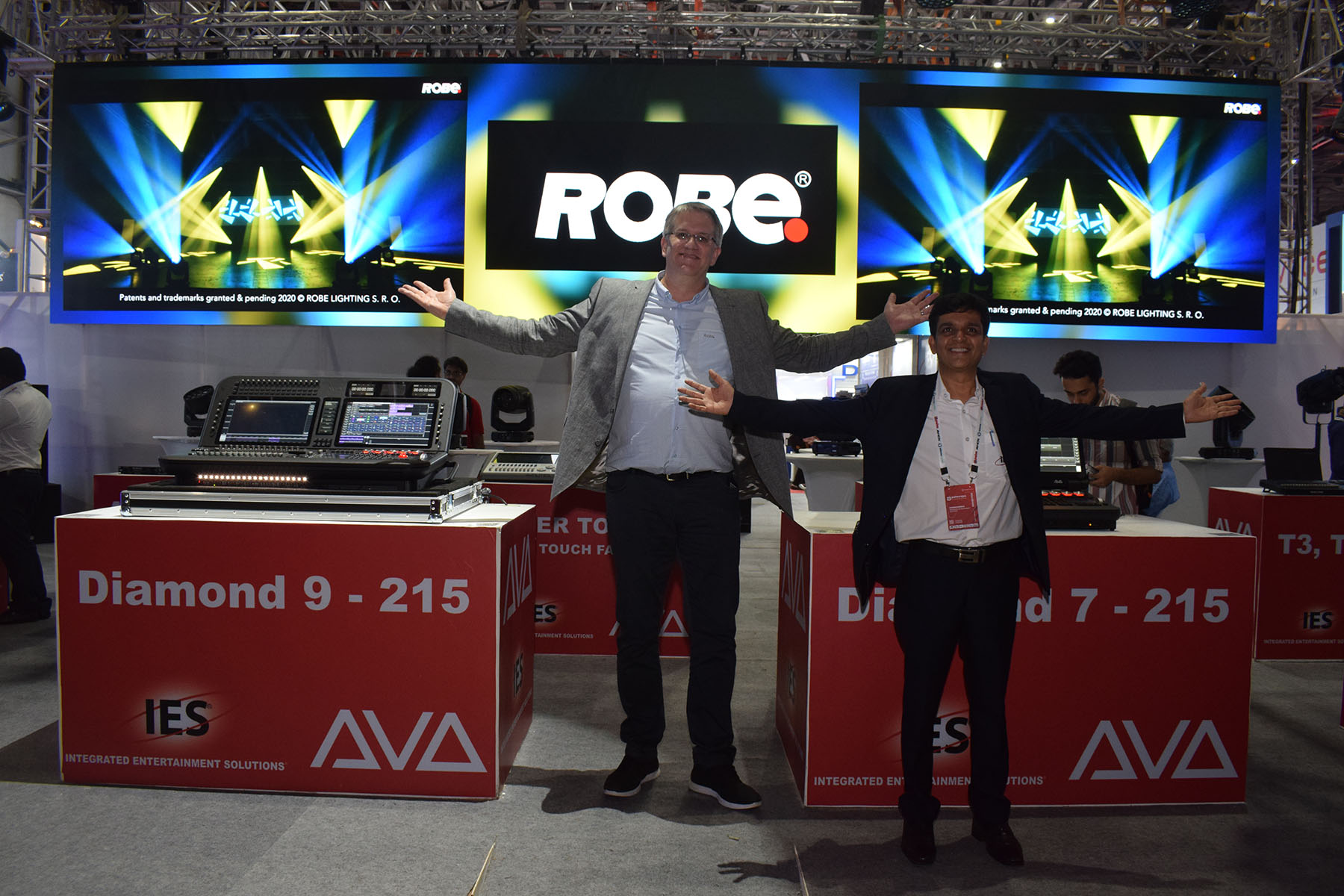ISLINGTON, UK – Ross Ashton’s The Projection Studio was commissioned to design and create special video artwork for London-based Pollard Thomas Edwards architects (PTEa), who specialize in creating and revitalizing neighborhoods. A special event at their base in Diespeker Wharf, Islington, celebrated their first renovation: a former Victorian timber mill transformed into a contemporary workspace and headquarters for their practice.
More details from The Projection Studio (http://www.projecting.co.uk):
Projection Studio Energizes Diespeker Wharf Story
Ross Ashton’s The Projection Studio was commissioned to design and create a special five-minute son et lumière (sound and light show) video artwork for award-winning, London-based Pollard Thomas Edwards architects (PTEa), who specialize in the creation of new neighborhoods and the revitalization of old ones.
This was for a special event at their base in Diespeker Wharf, Islington, on the banks of the Regent Canal, a listed building and former Victorian timber mill, which has been innovatively restored and converted into a contemporary workspace and HQ for the practice.
The event – PTEa’s first projection project and the latest in a series of transformations staged at Diespeker Wharf – celebrated the building as a local landmark, reflecting its history and location, its many previous uses and occupants and its current owners, PTE architects. The building represents a visible expression of PTEa’s ethos and approach to regeneration by retaining the best of the past, mending invisibly and allowing new architecture to elevate old rather than dominate it. The regeneration was the first intervention leading to the redevelopment of the whole City Road Basin area in Islington.
PTEa’s Carl Vann explained that their search to find a suitable son et lumière artist with whom to collaborate led them to Ashton, having been impressed with his work as the creator of several New Year’s Eve projections onto the Shell Building on London’s South Bank.
The brief for the Diespeker show content was to combine the history of that region of London – from the establishment of the first Roman camps in AD 43 to the dawn of the 21st Century – with a celebration of its communities, individuals, commercial and cultural development, and an overview of the scope and imagination of PTEa’s work.
With a vast amount of content material to work into the show, the storyline had to move quickly and coherently.
First Ashton storyboarded a script, and once that was signed off by PTEa, worked on producing all the artwork with Paul Mumford, which took about 2 weeks. The artwork was ‘placed’ using reference points taken from a photo survey – a traditional method of producing large format projected images.
The video footage was then stored in a Green Hippo Hippotizer media server, which was used to do all the necessary keystoning, masking and other corrections required to match the camera lens to that of the projector, and the precision mapping of the images onto the building.
The projection was beamed onto the front of Diespeker Wharf, a truly 3D surface with multiple focal planes the closest surface being about 20 metres away and the furthest at 40 metres. The width of the picture was about 16 metres.
Ashton specified a .8 lens for the single Christie Roadster projector. He was “seriously impressed” with both the brightness of the machine and how the lens handled focusing on all the surfaces, giving tack sharp reproduction throughout.
The hardware – including a sound system – was supplied by QED. The projection and control system was engineered by Richard Porter, and sound artist Karen Monid was commissioned to create a bespoke sound scape to accompany the visuals, which was highly effective.
Ashton commented, “This was a really nice project. Several challenges made it interesting, and everyone at PTEa was enthusiastic and a real pleasure to work with. Being architects, they also had a great perspective on the form and impact of what could be achieved with projected art.”
PTEa Director Carl Vann commented, “We were delighted with the projection performance and with Karen Monid’s sound track. It is a hard medium to assess during the design and development stages without any experience of the final format, and Ross and his team provided an excellent and highly professional service throughout. We also received extensive complimentary feedback from the audience both on the evening and subsequently.”



